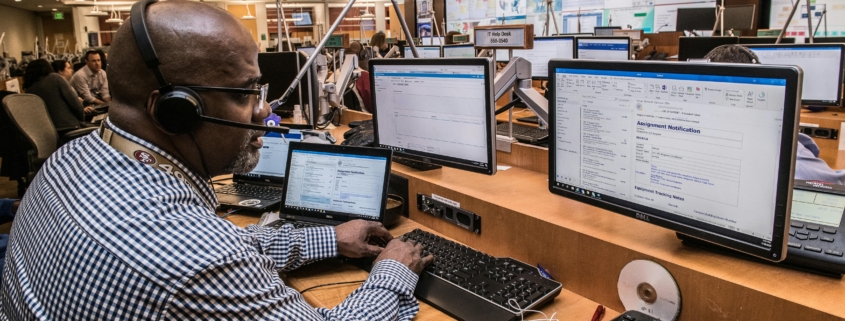Driving Strategic Advantage through Collaborative Planning
Driving Strategic Advantage through Collaborative Planning at MB&G Insurance
In today’s competitive landscape, the ability to adapt and innovate is crucial for any business, particularly in the regulated insurance sector. Recently, I had the opportunity to co-chair a pivotal planning meeting for MB&G Insurance, a market leader in Motor and Leisure warranty, as they embarked on a key management information (MI) improvement initiative. The aim? To carve out a strategic advantage through enhanced MI coordination across their diverse offerings.
Understanding MB&G Insurance
MB&G has successfully leveraged its position as a market leader in Motor and Leisure warranty to expand into affordable, high-quality insurance cover across various sectors. Their philosophy centres on providing customers with peace of mind, knowing they are supported by fast and friendly experts should they encounter any bumps in the road. This commitment to customer safety and satisfaction drives their need for effective MI management and strategic alignment across departments.
The Challenge of Improvement
As MB&G aimed to elevate its MI capabilities, the annual planning meeting required a fresh approach. The CEO sought to maintain the familiar roundtable format while introducing a refined structure to ensure that the meeting effectively aligned the management team around MI goals. This was no small task; it was essential to create an environment where open dialogue and collaboration could thrive.
A Co-Chairing Approach
Recognising the importance of blending industry expertise with operational insights, the CEO and I decided to co-chair the meeting. His deep understanding of the insurance landscape and regulatory requirements complemented my broad operational experience, creating a dynamic partnership poised to drive meaningful discussions.
To ensure the meeting was productive, I conducted one-on-one sessions with each department head, guiding them in preparing concise seven-slide presentations. These presentations focused on:
- Reflections on the past year, highlighting successes and challenges.
- Key objectives for the upcoming year.
- Specific MI needs to support their departmental goals.
This preparatory work was vital in aligning expectations and ensuring all attendees were ready to contribute.
Structuring the Meeting
The day was carefully divided into two segments to maximise engagement and productivity:
- Morning Session: We kicked off with a systematic agenda, allowing each department to present their insights and MI requirements. This structured approach provided a clear overview of where each department stood and what was needed moving forward.
- Afternoon Session: In the afternoon, we shifted to a more relaxed format, fostering open discussion and collaboration. With the groundwork laid in the morning, the CEO and I guided the conversation, ensuring it remained focused on MI improvements while encouraging organic dialogue.
This blend of structure and flexibility not only kept the meeting on track but also cultivated an environment of collaboration and shared purpose.
Achieving Positive Outcomes
The meeting yielded several significant outcomes:
- Active Participation: The management team, well-prepared from our discussions, engaged fully throughout the meeting. Their concise presentations facilitated focused discussions that yielded actionable insights.
- Effective Co-Chairing: The partnership between the CEO and myself proved fruitful, allowing us to adapt the meeting flow dynamically while staying aligned with MB&G’s MI objectives.
- Ongoing Engagement: Following the meeting, attendees expressed interest in further collaboration, requesting our involvement in their departmental planning sessions and one-on-one support to implement their MI strategies.
Conclusion
By co-chairing the planning meeting at MB&G Insurance, we successfully balanced structure and flexibility, ensuring active engagement from the management team. The combination of thorough preparation and a dynamic meeting flow allowed us to achieve key MI improvement objectives, further driving MB&G’s strategic agenda.
As MB&G continues to expand its high-quality insurance offerings, the enhanced MI capabilities will play a crucial role in supporting their mission to provide customers with the peace of mind they deserve. This experience reaffirms the power of collaboration in driving strategic advantage and delivering meaningful outcomes in the ever-evolving insurance landscape.
I look forward to seeing how MB&G leverages these insights to further enhance their operations and continue providing exceptional service to their customers!




